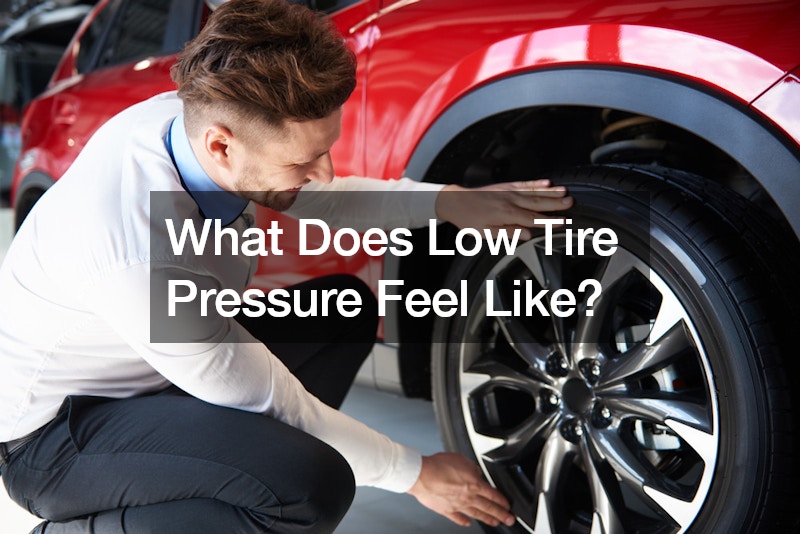Driving with low tire pressure can significantly affect your vehicle’s performance, safety, and fuel efficiency. Understanding what low tire pressure feels like can help you identify the issue early and avoid potential hazards. Here’s a detailed look at the sensations and signs of low tire pressure.
1. Reduced Steering Response
One of the first signs you might notice with low tire pressure is a decrease in steering responsiveness. When tire pressure is below the recommended level, the tire’s sidewalls flex more than usual.
This increased flexing can cause the steering to feel sluggish or less precise. You may find that the vehicle doesn’t react as quickly or as sharply to steering wheel movements, especially during turns or when maneuvering at higher speeds.
2. Increased Braking Distance
Low tire pressure affects more than just steering; it also impacts your braking. Underinflated tires have less contact with the road surface, which reduces their grip and increases the distance required to stop. This can be particularly noticeable in wet conditions where the risk of hydroplaning is higher. You might feel as if you have to press the brake pedal harder or for a longer duration to achieve the same stopping power.
3. Wobbly or Spongy Ride
A significant drop in tire pressure can lead to a ride that feels wobbly or spongy. As the tires deflate, they provide less support to the vehicle’s weight, leading to a softer ride. This might initially feel like driving on very soft suspension or as if the tires themselves are unstable. On uneven roads, this sensation can be exacerbated, resulting in an almost bouncy driving experience.
4. Vibration and Noise
Another common symptom of low tire pressure is increased vibration and noise. This happens because underinflated tires can’t evenly distribute the vehicle’s weight, leading to uneven tire wear and, subsequently, uneven road contact. You may notice a humming or droning sound from the tires, and the steering wheel or floor might vibrate more than usual, especially at higher speeds.
5. Poor Fuel Economy
While not immediately noticeable through feel alone, one of the longer-term signs of driving with low tire pressure is decreased fuel efficiency. Tires at lower pressure have a higher rolling resistance because more of the tire’s surface is in contact with the road. This resistance makes your engine work harder and consume more fuel.
Are you wondering, ” What does low tire pressure feel like?” Watch the video above to learn more!.


